ARTICLE AD BOX
Watch: How two astronauts were left in space for nine months
When astronauts Suni Williams and Butch Wilmore approached the International Space Station (ISS) last year with failing thrusters on their Boeing Starliner capsule, they were unable to fly forward to dock.
And if they couldn't dock, they didn't know if they could make it back home again.
"Docking was imperative," Mr Wilmore told BBC News, two months after he and Ms Williams finally made a successful return to Earth. "If we weren't able to dock, would we be able to make it back? We didn't know."
The astronauts had been travelling on a test flight that was meant to last eight days. Instead, they ended up staying in space for nearly 10 months.
The first challenge was to dock safely and successfully at the ISS, which they managed to do within several minutes after Mission Control on the ground helped them restart the craft's thrusters.
Mr Wilmore said that the possibility they might never see Earth again "definitely went through our minds".
But both astronauts said they didn't communicate the worst-case scenarios out loud in those moments, because they were trained to move on with solving problems.
"You sort of read each other's mind and know where we're going with all the failures," Ms Williams told the BBC.
"These were not expected," she admitted. But thoughts quickly turned to solutions: "At the same time, you know, we're like, what do we have? What can we do?"
The pair's saga began in June 2024. They were taking part in the first crewed test flight of the Starliner spacecraft, which was developed by aerospace company Boeing.
But after a number of technical problems during their flight, the option of Starliner carrying the astronauts home as planned was deemed to be a risk not worth taking - given that the pair could instead be brought back by another company, SpaceX.
For that reason, they stayed in space until they hitched a ride back on a SpaceX capsule. For its part, Boeing maintained that its own capsule was safe to use - and was proven right when the craft returned, uncrewed, in September 2024.
After months of experiments aboard the space station, Ms Williams and Mr Wilmore eventually returned to Earth on 18 March.
During this phase of their mission, the pair were repeatedly described as stranded, implying there was no means for them to get off the ISS.
But that was not the case, as the space station always has spacecraft attached to it - which could have acted in an emergency as a lifeboat to carry the astronauts back to Earth.
Nonetheless, the pair's stay was longer than expected - though the Nasa pair embraced this.
"We knew nobody was going to just let us down... we knew everybody had our back and was looking out for us," Ms Williams said.
While in limbo, the pair even found themselves in the middle of a political row, after US President Donald Trump blamed his predecessor Joe Biden for abandoning them in space.
But the astronauts said they ignored the politics and didn't feel abandoned. "We can't speak to that at all," said Mr Wilmore. "We understand space flight is hard, human space flight is even harder."
Watch: Dolphins surround Dragon capsule after successful splashdown
After two months back on the ground, both astronauts say they are feeling fit and well, because the workouts that they undertook while in their zero-gravity environment paid off.
Exercising in zero gravity means your body doesn't need much time to recover from the daily squats and deadlifts, Mr Wilmore explained.
He said he performed squats and deadlifts "every single day for almost 10 months", meaning that he returned to Earth "literally stronger than I've ever been in my life".
Ms Williams agreed - she went running days after landing back on Earth and once ran a full marathon in space strapped to a treadmill - but said it's not always easy to readjust to the weight of the world.
"Just getting gravity back on your head and your back and all that kind of stuff is a little bit painful," she said.
Since their return, the pair have been working with Nasa and Boeing to fix problems with the malfunctioning spacecraft that took them into space last summer.
"We are very positively hopeful that there will be opportunities to fly the Boeing Starliner in the future," Mr Wilmore said.
And both astronauts said they would personally fly in the craft again - once those technical issues were resolved.
"It's a very capable spacecraft," Ms Williams said. "It has unique capabilities compared to other spacecraft that are out there that are really great for future astronauts to fly."

 1 day ago
11
1 day ago
11

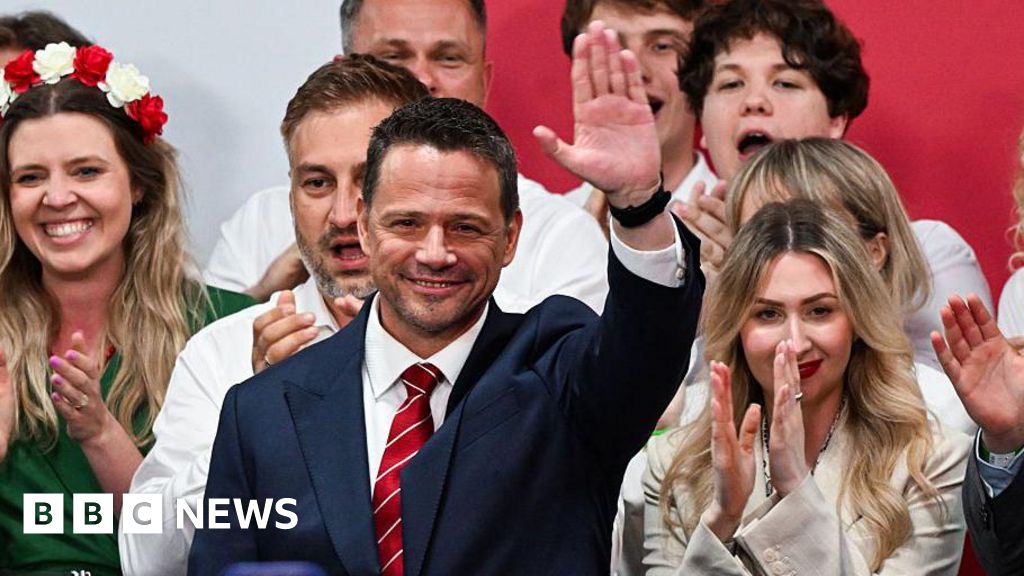
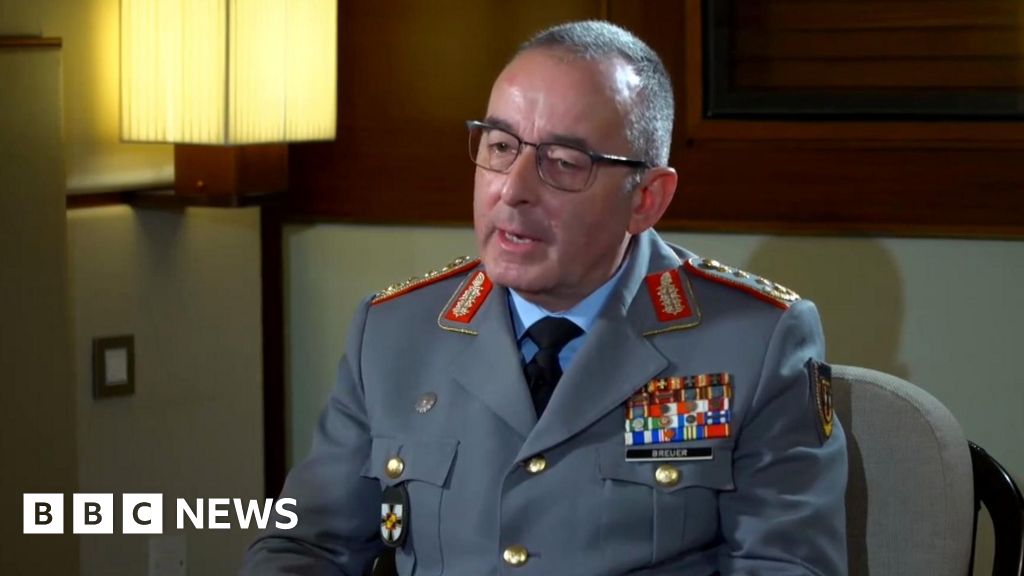
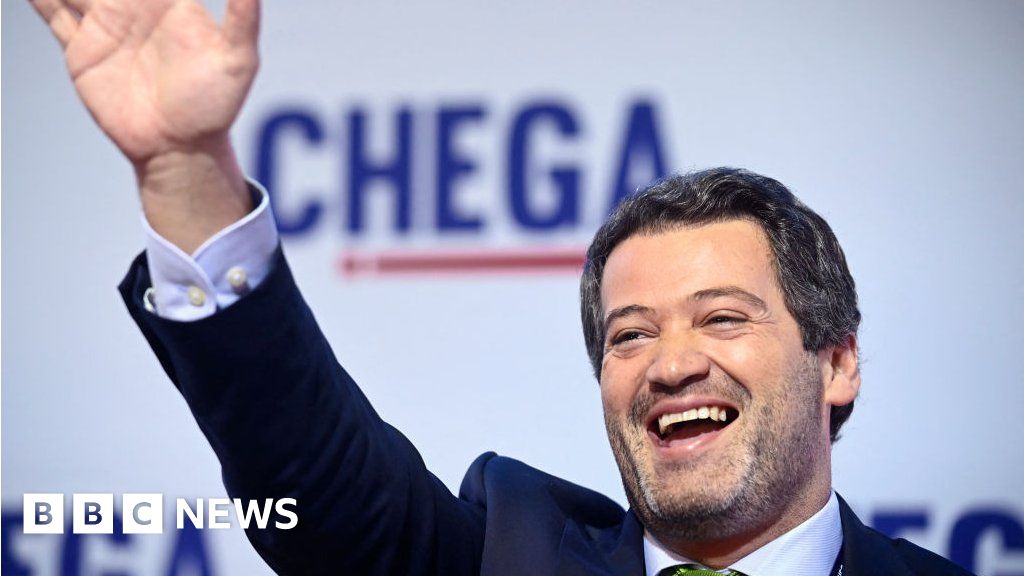
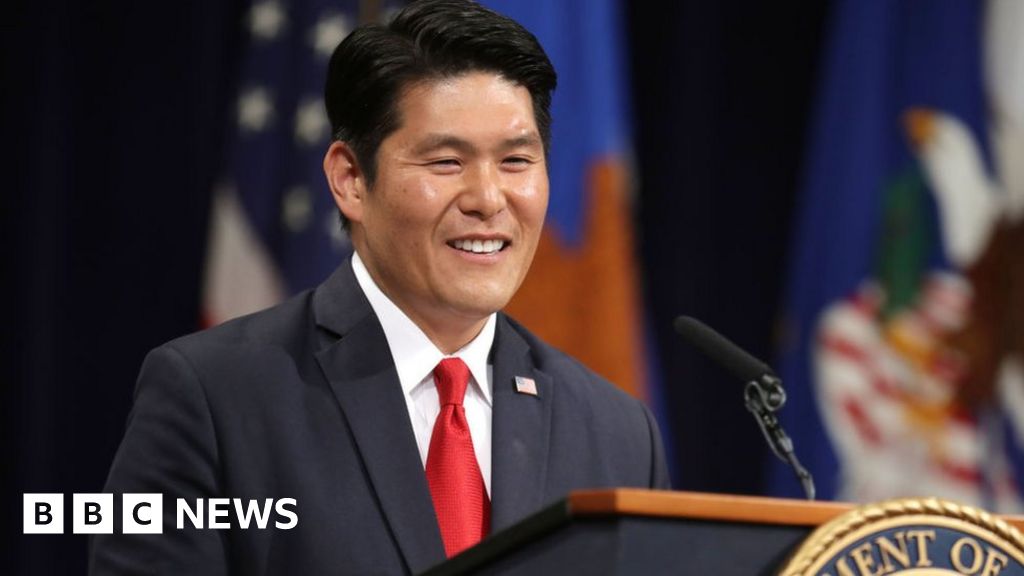
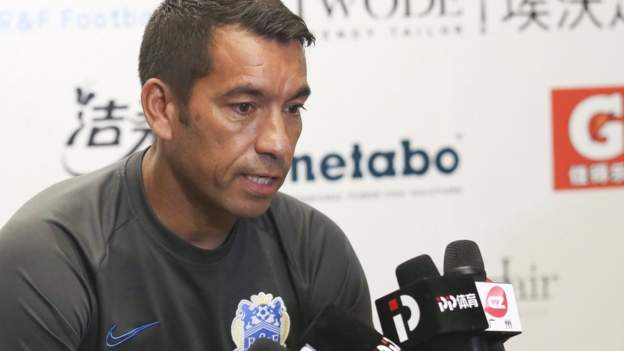

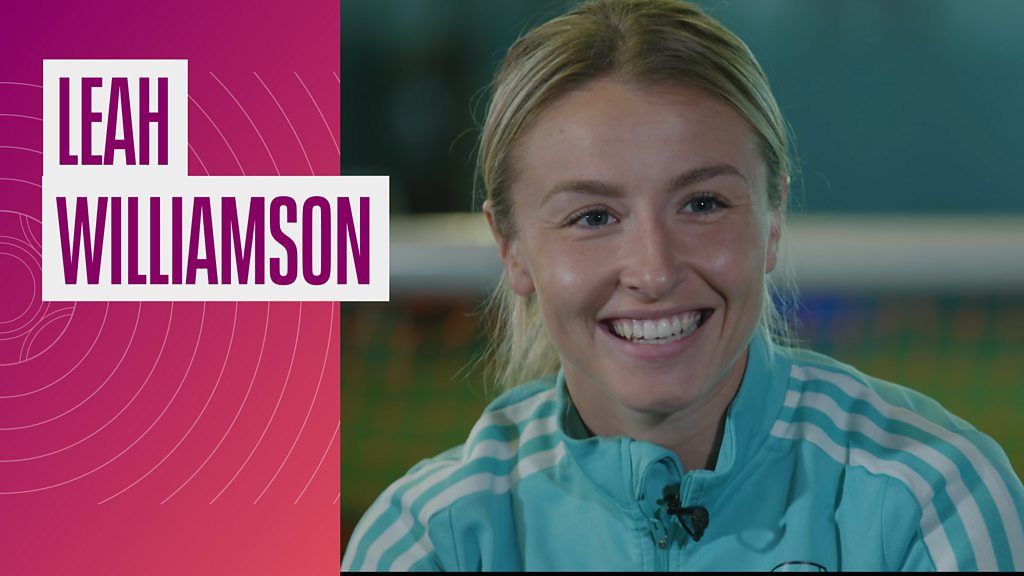
 English (US) ·
English (US) ·